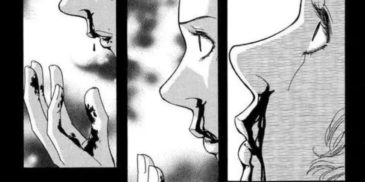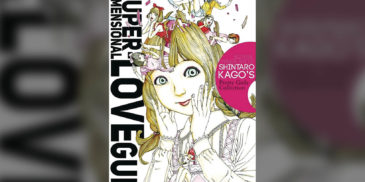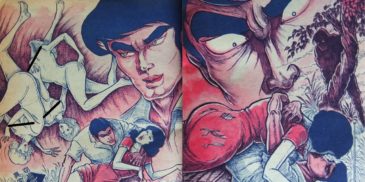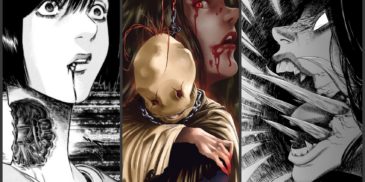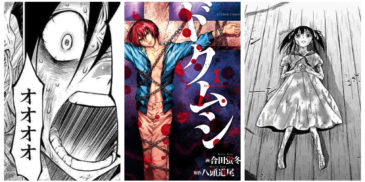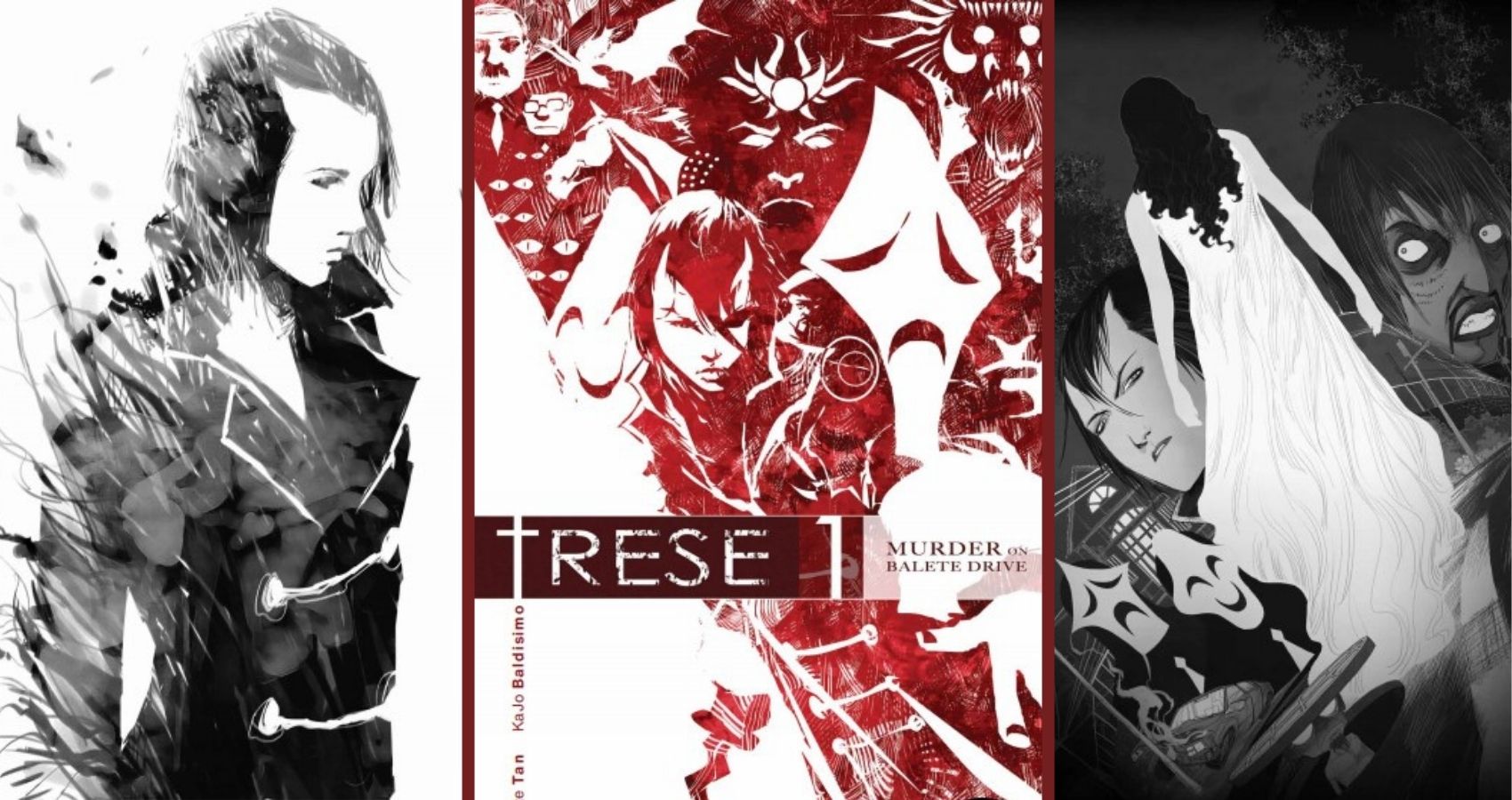
June 10th, 2021 marked the release of Trese on Netflix, an animated series based on a Filipino Komik of the same name. The anime has been having impressive traction on level with Japanese anime, but what about the Komik series on which it is based? I’ve been given the most honorable task of reading and reviewing the first volume of this unique work of art from the Philippines. So, with that being said, let’s get into it!
First released way back in 2005, Trese tells the story of the various cases investigated by paranormal detective Alexandra Trese, a badass, nuanced character who knows the right moment to go in guns blazing with her two half Kambal partners. In addition to her trigger-happy crew and skillset, Trese leans on her understanding of the supernatural – conversing with folkloric creatures to help aid her investigations. This knowledge has been passed down through generations by her father who used to do this job before her, the trained role itself having a lineage.
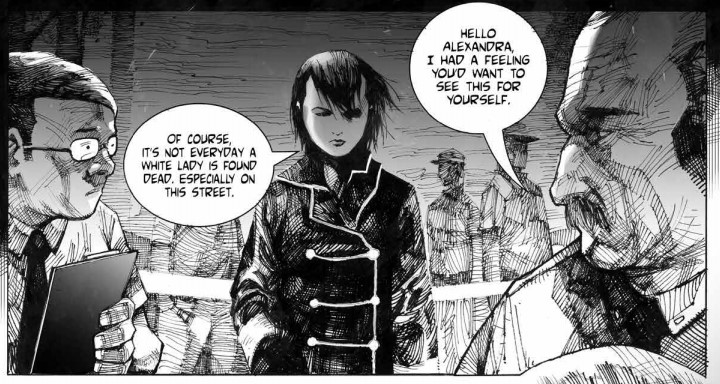
The urban setting of Manila as a backdrop is a unique and interesting scenery for a story of this ilk, particularly when folklore is typically explored in rural areas – not to mention the Philippines being unexplored in Western pop culture. Ultimately, the fictional Manila carries an unsettling aura of danger, elevated in elements of horror from an unfamiliar landscape.
However, it should be noted that not all the creatures feed into the horror genre, showcasing a diverse range of personality that can humanize the diverse cast. These creatures play an integral role in building the world of Trese – bringing the light of wonder and fantasy into an otherwise grim world.
There is a theme of generational gaps between the many supernatural beings, introducing worldbuilding successfully that is both fantastic and original. Essentially, some prefer to stay away from human culture while others find curiosity in their ways (such as the Wind People introduced in the second chapter). The needs and interests are unique to each tribe, highlighting new conflict and information with each new story benefits the pace of learning the universe – the narrative remains fresh from such progressive lore while expanding Trese into a more complex but cohesive world.
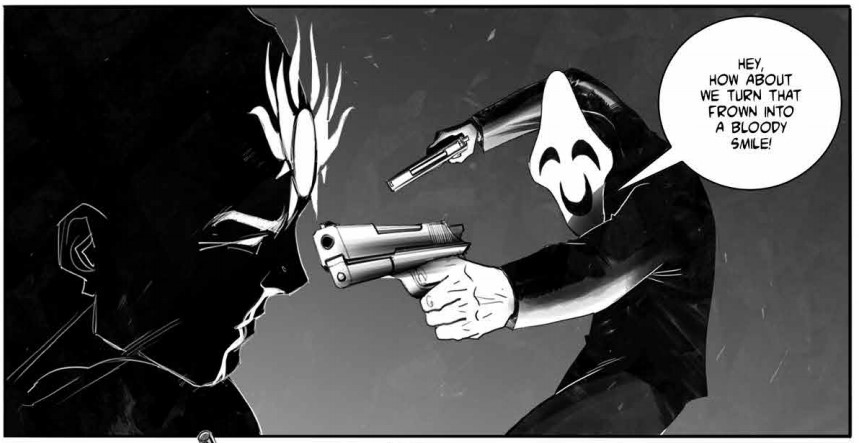
Although the first few chapters feel episodic, the story feels like it’s building up to something greater as arcs instead of following a more isolated “villain of the week” model. A personal favorite character of mine is Señor Armanaz, leader of the Tikbalang of Manila, whose imposing presence along with an amazing design marked him and his race as one of my new favorite mythical beings. I still haven’t read the other volumes of the story, but I believe the Señor will return later as an important piece of the bigger picture
Understandably, some may be hesitant to approach the work as mythical creatures hiding amongst humans is a trope that has been used countless times before. However, in an exploration of uncharted folklore, Trese has the potential to resonate in fascinating ways as the reader is introduced to the many elements of a fresh foreign culture. For example, the segment titled, ‘At The Intersection of Balete and 13th Street’, had quite the impact on me as it is almost identical to a local legend from where I live (a Brazilian town called Belém). Despite the cultural difference, this segment made me feel oddly at home, an experience I feel many readers will share with me when exploring the work for themselves – folklore being unique but possessing universal similarities.
The art in Trese is definitely one of its best aspects, bringing the best characteristics of Eastern and Western comics to the table as an intriguing amalgamation. The choice of publishing it in black and white complements the style beautifully, stark duality contouring sharply. At points, the work reminded me of the classic Sin City, which instantly drew me into the gritty and dark aesthetic of the book from an overwhelming aesthetic.
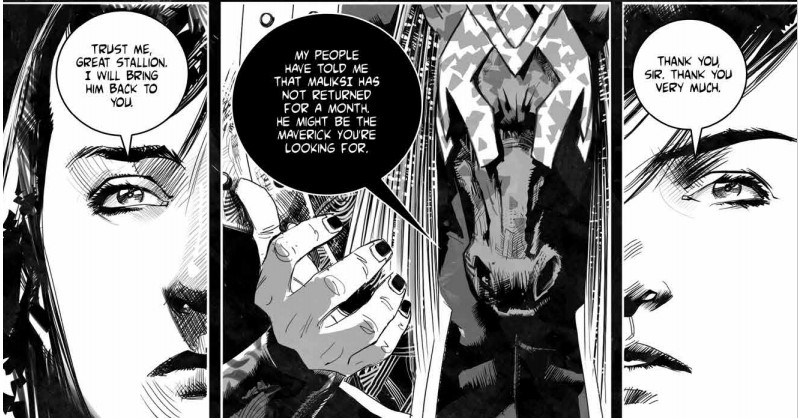
All in all, Trese is a remarkable comic that’s as unique and well written as it is beautiful. It gave me that feeling of childlike wonder of discovering new folklore – of which I am ecstatic to dive deeper into.
Trese is available via Ablaze Publishing, and can be purchased via amazon or wherever good comics are sold.
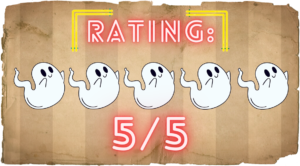
More Manga Reviews:
Reading Club- Vol. 1 Manhwa Review – Be Careful What You Read
Reading Club is advertised as the first Korean horror comic for girls. That line alone enticed me enough to pick it up over a decade ago from Udon Entertainment. Many…
Super-Dimensional Love Gun (2017) Manga Review – The Master of Modern-Day Ero-Guro
Super-Dimensional Love Gun is a 2017 ero-guro horror manga, written and illustrated by world-renowned mangaka Shintaro Kago. The manga collection of 15 short tales based around the mangaka’s distinct style…
Indecent Wriggling (1970) Manga Analysis – A Perverse Gender-Bending Body Horror
Noboru Yoshimi was a prolific horror manga author who enjoyed great success with over 300 published stories to his name, mainly aimed at a younger audience. There is however one…
Shiga Hime Manga Review – Gore Soaked Vampiric Horror
The vampire sub-genre in the West is one that is marked dull media with the odd standout title slipping through – the creatures seldom seeing reinvention or popularity of their…
Dokumushi (2013) Manga Review- A Rare Case of Charming Mediocrity
There is something about bad media that can be extremely attractive in some cases. Why The Room is still revered while The Exorcist II is panned? This fine line between…
Puella Magi Suzune ☆ Magica Manga Review – A Dark Yet Captivating Journey into Despair
Puella Magi Suzune Magica is a 3-volume dark fantasy/psychological thriller manga, with the original story written by Magica Quartet and illustrated by GAN. Magica Quartet is a collaborative group consisting…

